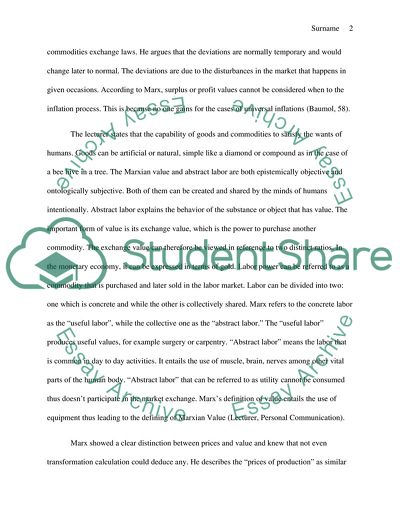Cite this document
(Tracing the Thoughts of Karl Marx Research Paper, n.d.)
Tracing the Thoughts of Karl Marx Research Paper. https://studentshare.org/macro-microeconomics/1872948-tracing-the-thoughts-of-karl-marx
Tracing the Thoughts of Karl Marx Research Paper. https://studentshare.org/macro-microeconomics/1872948-tracing-the-thoughts-of-karl-marx
(Tracing the Thoughts of Karl Marx Research Paper)
Tracing the Thoughts of Karl Marx Research Paper. https://studentshare.org/macro-microeconomics/1872948-tracing-the-thoughts-of-karl-marx.
Tracing the Thoughts of Karl Marx Research Paper. https://studentshare.org/macro-microeconomics/1872948-tracing-the-thoughts-of-karl-marx.
“Tracing the Thoughts of Karl Marx Research Paper”. https://studentshare.org/macro-microeconomics/1872948-tracing-the-thoughts-of-karl-marx.


